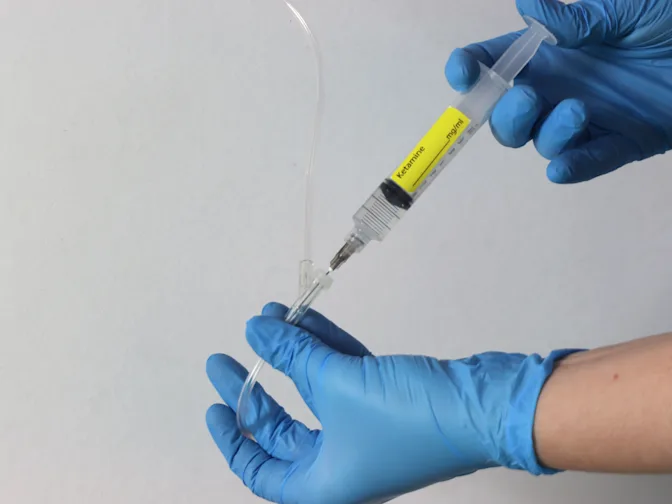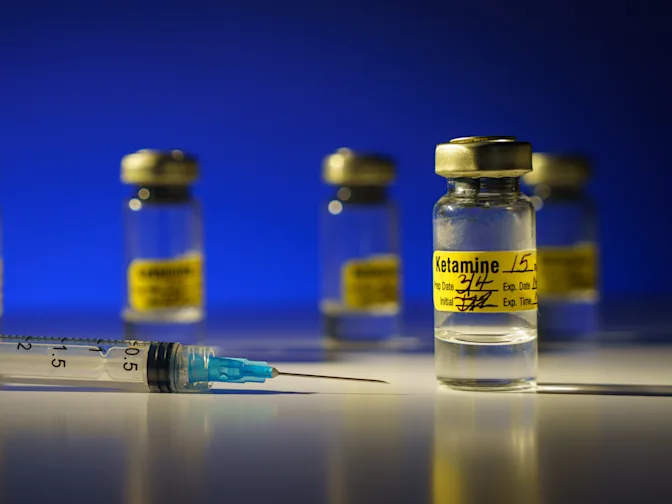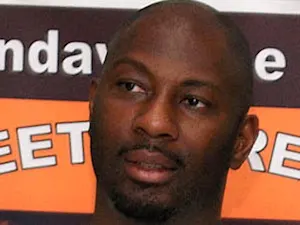
Matthew Perry, Beloved 'Friends' Star, Dies at 54
Matthew Perry in 2013. Photo courtesy of Policy Exchange under CC BY 2.0.
Matthew Perry, best known for his role as Chandler on "Friends," passed away on Oct. 28, 2023 of complications from excessive use of ketamine, a powerful anesthetic used to treat depression. Perry's relationship with ketamine moved from treatment to addiction, and due to the alleged actions of his doctor, it ultimately cost him his life.

Ketamine: From Anesthetic to Anti-depressant
Ketamine was originally developed as a dissociative anesthetic but gained popularity as a club drug because of its hallucinatory effects and relatively short duration, with "trips" lasting only 30-60 minutes. The primary effects of ketamine are disassociation and sedation, producing a sense of detachment from the body and a sense of calmness. In recent years, research has shown ketamine to be a great option for treating severe depression because of its ability to create dissociative states while maintaining basic bodily functions. Chronic use, however, can lead to tolerance, requiring ever-increasing doses for the same effects.

The Dangerous Escalation of Perry's Ketamine Use
Perry, suffering from treatment-resistant depression, became increasingly reliant on ketamine, pushing for higher and higher doses as his tolerance increased. The doctor at the clinic where he received ketamine therapy refused to increase the dosage, and Perry sought out Dr. Salvador Plasencia and Dr. Mark Chavez in an attempt to get more ketamine. Court documents reveal a disturbing lack of concern from Plasencia who allegedly viewed Perry as an easy target for financial gain. According to Slate, one text message Plasencia sent to Chavez read, "I wonder how much this moron will pay."
Dr. Plasencia's Exploitation and Legal Troubles
Plancesia's involvement in Perry's death has to do with him providing the ketamine either directly to Perry or to Perry's assistant, Kenneth Iwamasa. Iwamasa lacked any formal medical training and ended up pleading guilty to his role in administering the fatal doses. Plasencia, according to court records, continued supplying Perry with ketamine even when he showed clear signs of abuse and overdose risk.
The Fatal Dose
In the days leading up to Perry's death, Plasencia came to Perry's home and administered a large dose of ketamine. Perry had an adverse reaction with his blood pressure spiking and his body freezing up. He temporarily lost the ability to speak or move. Despite the adverse reaction, when Plasencia left that day, he allegedly left additional vials of ketamine to be administered by Perry's assistant, Iwamasa.
After that experience, Perry allegedly instructed Iwamasa to order more ketamine from a second supplier. Two weeks later, Perry was found dead in a hot tub at his Los Angeles County home having been injected three times that day by Iwamasa. The medical examiner attributed Perry's death to the acute effects of ketamine.

Plasencia Allowed to Reopen Practice
Plasencia was one of five people charged in Perry's death. However, despite being charged with several drug-related offenses, including conspiracy to distribute ketamine, a judge recently ruled that Plasencia can resume his medical practice, with some strict conditions. Plasencia must display a notice at his clinic informing patients of the ongoing legal case, and patients must sign a consent form acknowledging the charges and his inability to prescribe controlled substances.
References: Doctor Charged in Matthew Perry's Death Reopens Medical Practice — But Judge Says He Must Post Sign on Door | Doctor charged in Matthew Perry's death plans to return to medical practice, lawyer says | What Really Killed Matthew Perry? | Ketamine























